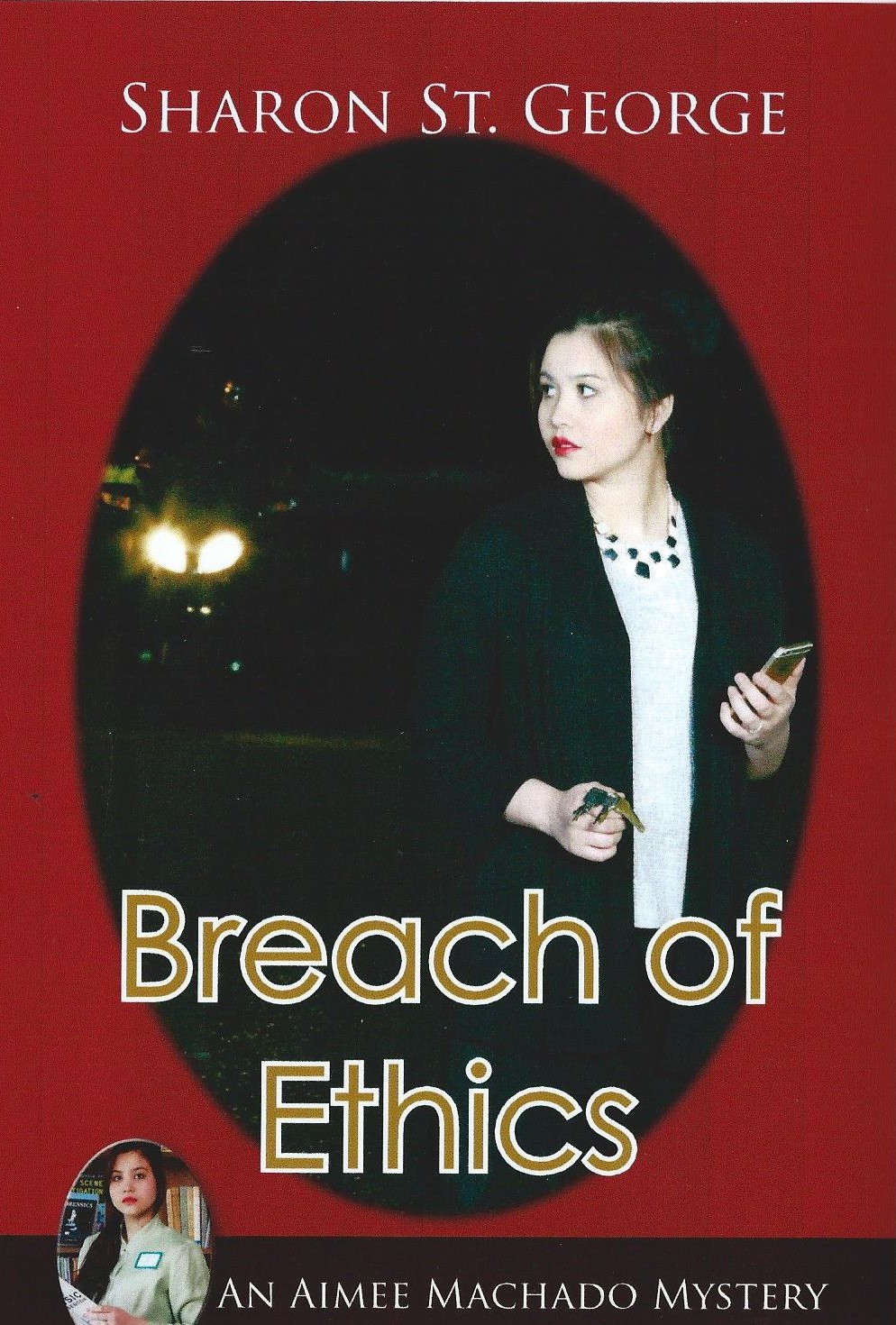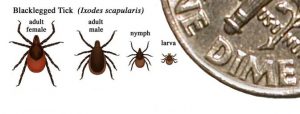You might think you know what an IED is. I thought I did, but I was only half right. Most of us who have followed the various military conflicts in the Middle East are familiar with the term. It’s an abbreviation for a deadly roadside weapon called an Improvised Explosive Device.
There is another IED, however, which is often described as a “temper tantrum,” or “flying off the handle,” but it is more than that. It is a psychological diagnosis found in the Diagnostic and Statistical Manual of Mental Disorders (DSM-5 for short), and it’s called Intermittent Explosive Disorder. Coincidentally, it can also be set off on a roadside, as seen in cases of road rage. This diagnosis is another fact I’ve learned by writing fiction.
 In Breach of Ethics, book three of my Aimee Machado Mystery series, an angry outburst occurs in a most unlikely setting—a hospital conference room during a meeting of the Ethics Committee. Until I wrote the scene, I had never heard of this other IED. Taking on the persona of my protagonist, a hospital-based health sciences librarian, I decided to research impulsive rage, and in doing so, I discovered Intermittent Explosive Disorder.
In Breach of Ethics, book three of my Aimee Machado Mystery series, an angry outburst occurs in a most unlikely setting—a hospital conference room during a meeting of the Ethics Committee. Until I wrote the scene, I had never heard of this other IED. Taking on the persona of my protagonist, a hospital-based health sciences librarian, I decided to research impulsive rage, and in doing so, I discovered Intermittent Explosive Disorder.
 In some cases, as in extreme road rage incidents, this lesser-known IED does turn deadly. As defined by the Mayo Clinic, “Intermittent Explosive Disorder involves repeated, sudden episodes of impulsive, aggressive, violent behavior or angry verbal outbursts . . . grossly out of proportion to the situation. Road rage, domestic abuse, throwing or breaking objects, or other temper tantrums may be signs of intermittent explosive disorder.” Simply put, this explosive disorder brings out the beast in some of us in a terrifying manner.
In some cases, as in extreme road rage incidents, this lesser-known IED does turn deadly. As defined by the Mayo Clinic, “Intermittent Explosive Disorder involves repeated, sudden episodes of impulsive, aggressive, violent behavior or angry verbal outbursts . . . grossly out of proportion to the situation. Road rage, domestic abuse, throwing or breaking objects, or other temper tantrums may be signs of intermittent explosive disorder.” Simply put, this explosive disorder brings out the beast in some of us in a terrifying manner.
Once diagnosed, treatment might include a combination of cognitive behavioral therapy and medications, including antidepressants, anticonvulsants, antianxiety and mood regulators.
For more detailed information on diagnosis and treatment of this disorder, visit the sites shown below.
https://www.mayoclinic.org/diseases-conditions/intermittent-explosive-disorder/symptoms-causes/syc-20373921
https://www.psychologytoday.com/us/conditions/intermittent-explosive-disorder
https://www.health.harvard.edu/newsletter_article/treating-intermittent-explosive-disorder
https://my.clevelandclinic.org/health/diseases/17786-intermittent-explosive-disorder

The Aimee Machado Mystery series, published by Camel Press and Harlequin Worldwide Mysteries, is available in print and e-Book format from Amazon, Barnes & Noble, and by request from your local bookstore. Visit again soon to learn more facts I’ve learned by writing fiction. Primary Source, book 5 in the series, is due for release in mid-February.
(Bear photo by Andre Tan on Unsplash)









